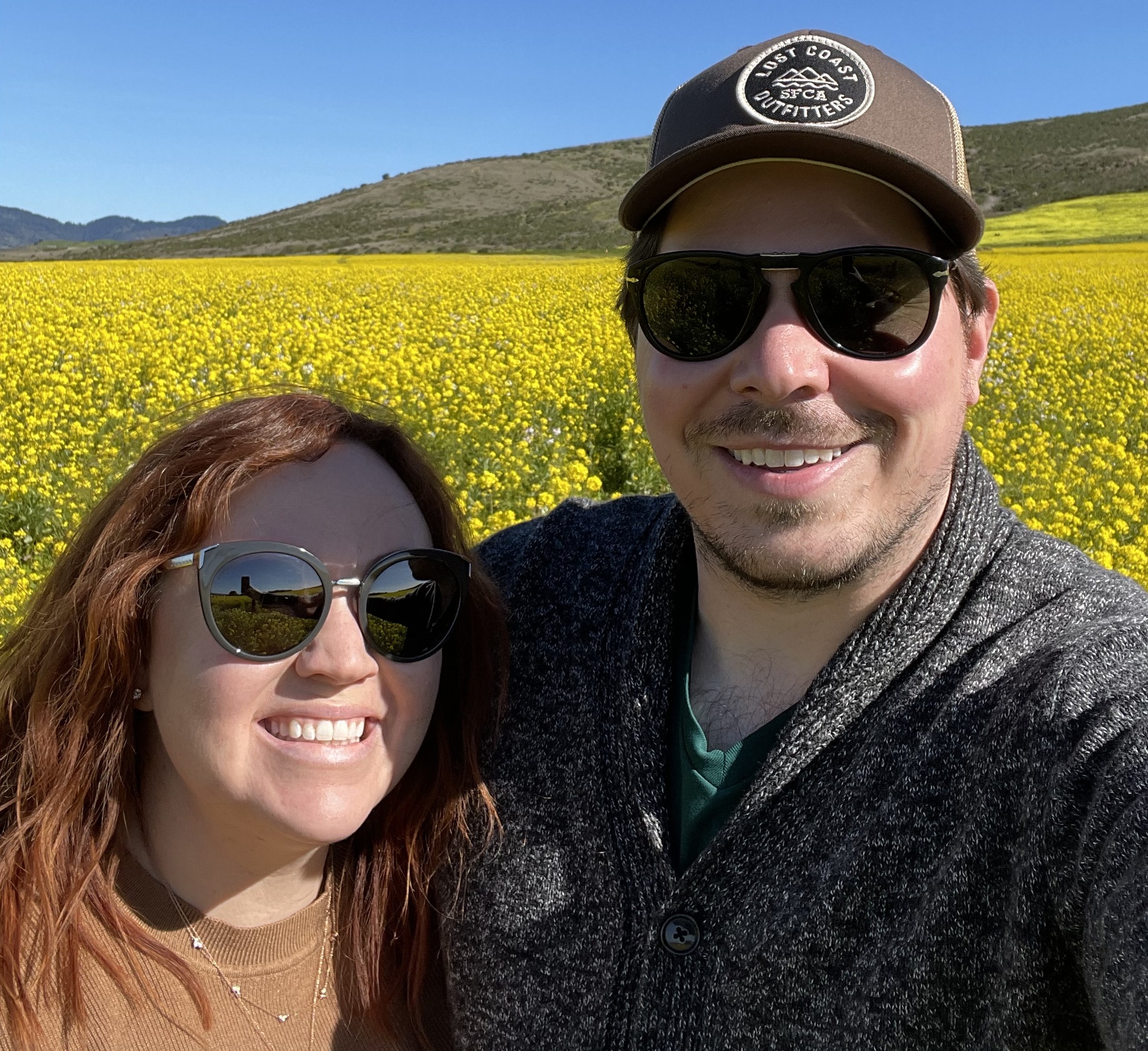
Dr. Kay leverages the Rogers Operating System, data to fulfill Rogers’ mission
07/13/21 09:25:am
“It was brutal,” he recalls. “My fingers were bleeding at the end of the day.”
In Dr. Kay’s 10 years at Rogers, he has also worked as a behavioral specialist, research specialist, and a director managing data and quality. Today, he serves as vice president, Continuous Improvement, where he oversees Clinical Effectiveness and the Rogers Operating System (ROS).
“It’s the mission,” he says of what attracted him to Rogers. “The really neat thing to me is helping patients reach their full potential and augmenting that with really high-tech technology and advanced data analytics.”
Specifically, in his role, Dr. Kay – who earned his PhD in May in biomedical and medical informatics – likes working with data, leading behavioral analytics in healthcare, and using the ROS to make processes more efficient.
“I always tell people I blend very high tech with low tech,” he says, citing the dichotomy of artificial intelligence and post-it notes. “It’s all about ‘how do we continue to speak with data and facts and have that lead us to what we need to do to get solutions?’”
With one million assessments done every year on our patients, equating to half a billion data points, Dr. Kay believes Rogers boasts the largest patient-reported outcome database of its kind in the world.
“We hold more information and data nuggets than probably any other healthcare organization worldwide,” he says. “These datasets are recovering patterns that we’ve never been able to do in many years of behavioral health, so not only are we contributing back to patients but to the field in general.”
This information helps Rogers gain insight on a variety of important issues, including what factors cause people to respond better to treatment or to readmit.
Dr. Kay is also especially proud of the ROS, as it provides better patient care, helps set standards, and demonstrates Rogers’ commitment to better quality. In addition to benefiting Rogers, he says the ROS is a model for other organizations in the lean community.
Recently, Rogers started hosting some of these companies – ranging from a Wisconsin paper mill to a Minnesota manufacturing company – to see the ROS in action. While some of the businesses that have visited are in healthcare, Dr. Kay says that observing our rapid improvement events and huddles can be even more beneficial for organizations from other industries.

Get to know Dr. Kay
When not working, Dr. Kay can be found outside this summer slinging pizzas – he has his own outdoor oven – or maintaining beehives.
A certified beekeeper, he took a class through the University of Wisconsin-Extension and loves watching bees work, harvesting honey, and making salves and lip balm.





